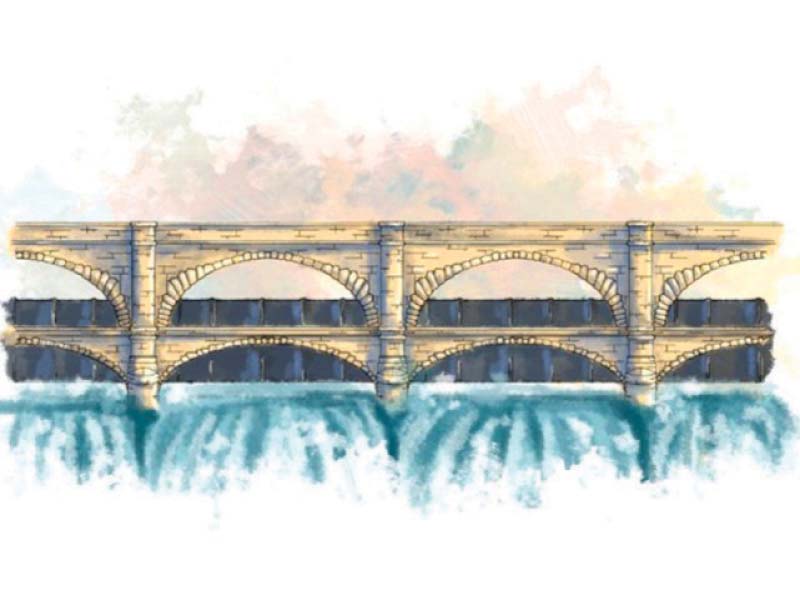
RAWALPINDI:
Punjab’s Small Dams Organization (SDO) is in the process of constructing eight new dams in the Potohar plateau, including projects in Rawalpindi District.
SDO Sub-Divisional Officer Rana Bilal Iftikhar said around 58 dams are operational in the region, with an additional eight under way in Rawalpindi, Islamabad, Attock, Jhelum and Chakwal.
According to the official, the 27,386 acre-foot capacity Chahan Dam will be built in Rawalpindi, along with the Mujahid Dam in Chakri, the Mohata Dam in Rawat, and the Cherah Dam in the federal capital.
The other projects include the 5,300 acre-foot capacity Arrar Mughlan Dam in Chakwal; the 3,795 acre-feet capacity Pandori Dam in Dina, Jhelum; and the Haji Shah and Sowrra dams in Attock, with capacities of 2,200 and 4,200 acre-feet, respectively
Several projects are also planned for the year 2016-17, according to the SDO. These projects are currently undergoing feasibility studies and awaiting budgetary approvals.
Projects that are expected to be approved are the Ghabir Dam project across a tributary of the Soan River, and the Papin Dam near Rawat.
The topography of the Rawalpindi district in the Potohar plateau is broken and uneven, leaving less space for natural water storage as underground reservoirs, according to the SDO.
“The area receives about two third of its annual rainfall in the monsoon period between July and September, leaving it comparatively dry and water scarce for the rest of the year.” he said.
According to the organisation’s data, the average run-off from the Potohar plateau is estimated to be around 1.88 million acre-feet (MAF), with only around 12 per cent, or 0.22 MAF, conserved through small dams.
As a result, the Rawalpindi region remains susceptible to flooding during the monsoons, while also suffering from a shortage of drinking water during dry spells.
Iftikhar said the main objective of these dams is to enable agricultural cultivation and provide drinking water by conserving as much run-off water as possible. The dams will also help in flood mitigation, soil conversation, curtailing rural migration to overburdened cities, reducing the time dependence on far-flung water sources, recharging aquifers that have dried due to overdependence on ground water sources, and the promotion of recreational activities.
Published in The Express Tribune, August 16th, 2015.










































COMMENTS
Comments are moderated and generally will be posted if they are on-topic and not abusive.
For more information, please see our Comments FAQ